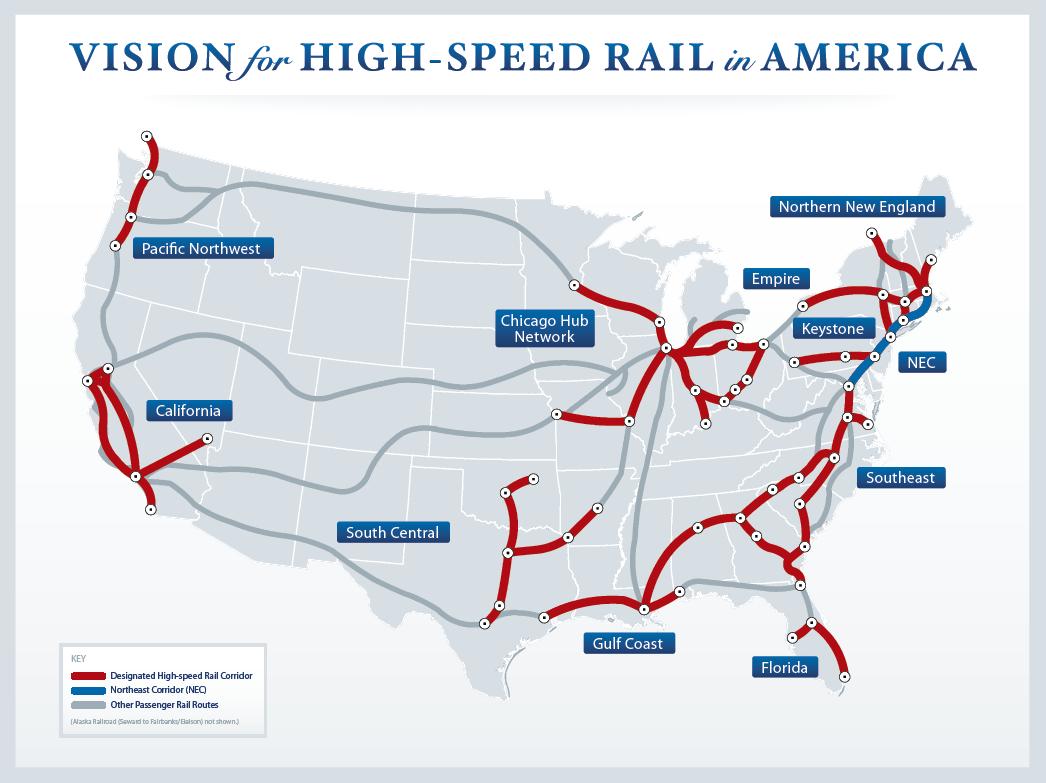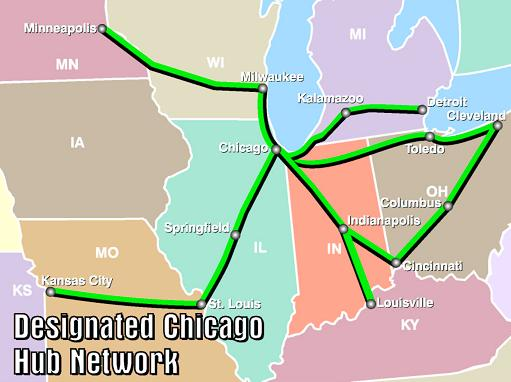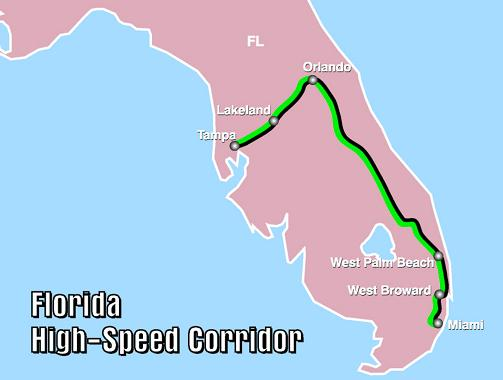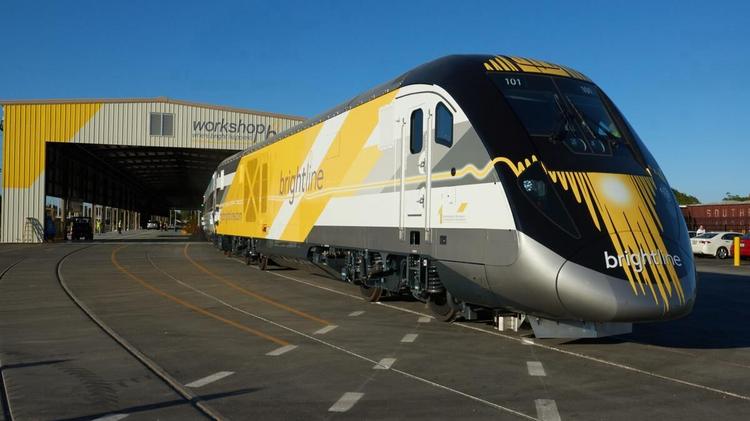Get prepared for a rant in this one.
The 2010 election was a bad time for the then-dominant Democratic Party. After 2008, they controlled 60 Senate seats, a filibuster-proof super-majority; they controlled 257 House seats; and, of course, they had the Presidency. It was a huge victory for them in that they could pass basically whatever they wanted, as long as they could unite around the bills. There could be real progress with new ideas to bring America into the present and prevent something like the Great Recession from happening again.
Of course, Democrats bungled things to the point that, in 2010, they lost all of that, and then in 2014, the tide turned completely and barely any major laws have been passed since then, almost nine years later. And for what? I don’t know. I was just a teenager in 2010, and I wasn’t paying nearly enough attention to actually grasp the media narratives and stakes around everything. Looking back now, though, it’s not clear to me what the hell the Obama administration actually accomplished with those two whole years
We got the Affordable Care Act, which is of course the biggest achievement by far (though it dissatisfied liberals and infuriated conservatives, so it doesn’t seem like anyone was happy with it). We got the Dodd-Frank Act that plugged in many of the financial holes that led to the Great Recession in the first place. And then we also got… the Stimulus Package.
It’s actually called the “American Recovery and Reinvestment Act of 2009,” but I have very strong memories of everyone calling it the Stimulus Package and nothing else. Down in Northwest Georgia where I lived, the term was used with scorn or mockery; it was the living embodiment of bureaucratic ineptitude with sending gobs of earmarked money all over the country with no overall goal. Being like, fourteen, I didn’t really question that. Looking at it now, I’m sure that it made a big impact in helping some of the most vulnerable Americans… but it doesn’t seem like it helped nearly as much as it should have, considering people were still talking about “the economy” like it was in terrible shape as late as 2014 or 2015.
But with the Stimulus Package, there was one element that really could have changed things. One sector of investment that could have radically reshaped the trajectory of American infrastructure. And that’s funding for High-Speed Rail.
Republican Governors Kneecapped High Speed Rail
High-speed rail is a passion of mine, and not because I have any particular affection for trains; it’s more that I spent hundreds of hours of my life during my years in college just in driving between my hometown and my university town, just going to Atlanta on the weekend, or taking a short trip to Birmingham. So much of my life was wasted on driving hours upon hours, and so many of those hours were me being stuck in traffic jams thanks to the near-constant wrecks and construction projects on I-75.
With reliable high-speed train transit, traveling between major cities becomes so much easier and so much less stressful. Hundreds of cars get taken off the road, reducing both pollution and congestion. Mid-range plane ticket prices go down sharply. It’s a win-win for everyone even if you don’t use the service.
In 2009, as the nation faced trying to recover from its massive economic downturn, the government identified these ten high-speed rail corridors:

With ten high-speed rails to supplement the already-existent cross-country Amtrak lines, It would now be possible to traverse the East Coast and Midwest in a fraction of the time than the many days it takes to do so now. It would be the start of fixing the ever-present problem of urban traffic congestion, and it would give Americans without a car a legitimate chance to travel across the country.
Plus, in the context of 2009, constructing high-speed rail would be a massive boost to the economy in all regions of the country. An undertaking as grand as this would take decades, probably north of forty years, and it would bring a steady flow of jobs to every area impacted. Every city with a high-speed rail stop would get an economic boost and, even more importantly, a connection to high-speed rail would give each of these cities more incentive to improve their own public transit.
The Stimulus Package allocated $1.3 billion to Amtrak, but a whopping $8 billion to rail projects, with high-speed rail being the main priority. You can argue that making sure Amtrak doesn’t suck is more immediately important because it actually exists, but this was still great news.
These 2009 corridors were just the beginning, obviously; the endgame goal would have been to expand the country with more lines connecting more cities until the entire country has high-speed rail from sea to shining sea. There are many more proposals besides the ones listed here, including my biased favorite, the Atlanta-to-Chattanooga line.
It seems like a dream, almost. Twenty percent of U.S. carbon emissions come from cars, and the absolute best way to fix that would be to convince people that buses and trains are more reliable, cheaper, and less stressful than riding in a car by yourself every time you need to take a trip. It sounds so cool, doesn’t it?
But… then the 2010 elections happened.
The House was taken by the Republican Party, which caused legislative stagnation and practically nothing getting done for the subsequent five Congresses. But the real important part were the bastard Republican governors who ruined the future of high-speed rail to score some cheap political points.
Scott Frickin’ Walker.

This guy is more famous now than anything for spectacularly flaming out in the 2016 Presidential Election, where he raised a ton of money and then got completely destroyed by Donald Trump.
But he was a bit impressive electorally, winning the governorship in Democratic stronghold Wisconsin in 2010, then surviving a recall election in 2012, then winning reelection in 2014. Three victories in four years isn’t too shabby for someone as awful as Scott Walker.
Awful for several reasons, but the reason here is because he canceled the Stimulus Package funding for high-speed rail development.
See, it wasn’t exactly his state that was the Big Deal here; it was that Chicago was supposed to be a major hub connecting the entire Midwest:

Almost every major Midwestern city would be connected! But then Scott Walker ruined it! Because, by rejecting funding in Wisconsin, that means Minnesota can’t get in either. So that’s two cities out of the fourteen knocked out.
Of course, Walker couldn’t have accomplished this without his valuable partner in jerkishness….
John Kasich, The Prince of Light and Hope

John Kasich is also known more these days for his role in the 2016 election, where he became, by default, the “establishment pick” against Donald Trump, but was “picked” far too late to make any impact because he obviously didn’t win. Now he goes on political talk shows and says he doesn’t like the President and that’s about it.
But back when he became Governor of Ohio after the 2010 election, he made his dramatic stand against fiscal irresponsibility or whatever by rejecting the Stimulus Package funding for high-speed rail! What a “”””hero!””””
Look, fiscal conservatism isn’t necessarily evil, and sometimes I actually side with those ideas about certain policies. Getting the country mired in debt and more debt is going to come back to bite the U.S. in the future, and I think a lot of federal agencies suffer from massive bloat that actually makes them worse at their jobs. What I’m saying here is that my fiscal political ideology sometimes matches that of Dave from the movie Dave (which means I’m gonna get canceled on Twitter oh no).
But here… this was just idiotic. Oh no, a burden on taxpayers… to build a vital source of public transportation that will benefit literally everyone… what horror………..
But when Ohio opts out, and Wisconsin opts out, that reduces things even further. Look back at that Chicago hub image. We started out with fourteen cities across eight states; now it’s down to eight cities across six states, with no guarantee that some of the Republican governors there wouldn’t do the same.
Then, of course, our least-favorite bald man in politics barged in:
The Accidental Politician, Mr. Rick Scott

1.15%.
1.07%.
0.13%.
What are these numbers? Oh, nothing but the margins of victory for Rick Scott in each of his three elections, two for Governor in 2010 and 2014, and then last year’s Senate election. This guy won these three races by a combined 2.35%, or less than the margin Hillary Clinton won the popular vote by in 2016.
This man clearly made a deal with an otherworldly demon and has not yet paid the price, because this defies fate.
But whatever, I don’t know if he was a good or bad Governor or anything, because Florida is a hellscape and it is probably very difficult to govern hellscapes (unless you have sold your soul to a demon in order to win three elections, that is). What I do know is that he rejected federal funding for a high-speed rail line in Florida.

The first line to be built was Tampa to Orlando, then after that, Miami to Orlando. That’s right; you could go to Disney World without driving for eight hours now! No, seriously, there was seriously a station at Disney World planned on the Tampa line.
But in order to appease the Tea Party people that got Rick Scott miraculously elected (at least, that’s what people thought until the truth about his demon relationships came out), he rejected funding and said that taxpayers didn’t deserve to pay for all these train lines that would boost the economy and help people who don’t own cars. No, it’s better to let your state languish in one massive traffic jam while the economy slumps along for another several years.
Rick Scott’s the worst of these three because Florida is the most obvious state to benefit from high-speed rail. The state is extremely long and narrow, but almost all of the cities are along the coasts so everything is relatively cramped. It’s also the state that is most immediately impacted by climate change, to the point that Florida’s Republican Congressmen are on the front lines of the climate change battle. And yet, acting like you’re too superior to accept federal funding is apparently better than that.
Then… Rick Scott had the gall to praise the private higher-speed rail line Virgin Trains USA (formerly known as Brightline) when it began construction in the exact same Miami-to-Orlando route that the Obama administration had sent funding for eight years earlier. That line is something of a success story, with about eighty thousand passengers per month despite only going as far north as West Palm Beach so far, but it’s somewhat expensive, thanks to being an operated-for-profit private train. It’s providing benefits to many Americans, but it’s not much of a benefit for the people that already use the way-too-slow TriRail.
…And that’s about it. Three governors got elected in 2010 on a wave of anti-government sentiment and fiscal responsibility. And because of that, the only progress on high-speed rail America has the barely qualifying Acela Express, the stalled-out-and-overbudget California High-Speed Rail project, and not-quite-high-speed private line construction in Florida and Las Vegas. Nothing too notable, really.
High-speed rail shouldn’t be a bitter partisan battle, but it is for some inexplicable reason. Conservatives like Jim Gilmore have long argued that public infrastructure investment is a vital and necessary part of improving the U.S., and obviously Democrats make a big issue out of improving public transportation to help urban and suburban communities (or at least they TALK about it). There’s bipartisan support for this kind of stuff, and there’s practically no downside other than the inevitable cost overruns and scheduling delays that come with every federal construction effort. So why hasn’t it ever taken off? Because of losers like these Republican Governors who ruined everything.
Will President Trump ever make good on “infrastructure week?” No. But the signs are there that another recession is coming to the U.S. sometime in the next couple years, and we may be due for another Stimulus Package to help reduce unemployment and revitalize the economy in vulnerable regions. Maybe the next President can make good on the constant promise of high-speed rail and actually give the country the trillions of dollars it needs to keep up with the rest of the world?
Here’s a picture of a train to cap things off because I’m not sure how to end this post:



Hmm, I dunno, man. This whole high-speed rail idea seems more like a Shelbyville kinda thing.
At least it’s not a North Haverbrook kind of thing